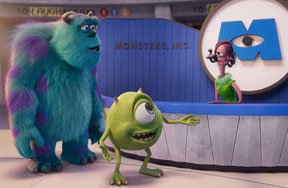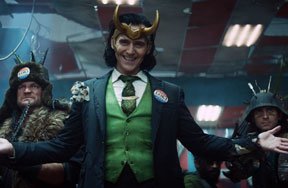Marvel's 616 - Japanese Spider-Man | Episode 1 Review
Reinventing “Spider-Man” for a Japanese audience wasn’t easy.

Kidzworld reviews the first episode, Japanese Spider-Man, of Marvels 616 a documentary series on Disney+ focusing on Marvel comics and beyond. Will it be a must-see for comic fans, Cosplayers and movie and TV fans?
In the opening “Japanese Spider-Man” episode of “Marvel's 616”, it is 1978 and an historic deal is made between Marvel Comics and Japanese television giant TOEI to bring Marvel characters to the Japanese airwaves. In this documentary episode we unravel the mysterious beginnings of Japanese “Spider-Man”, discovering how this very different cultural crossover took place and how it helped start what would become an entire genre of Japanese giant monster and robot series.
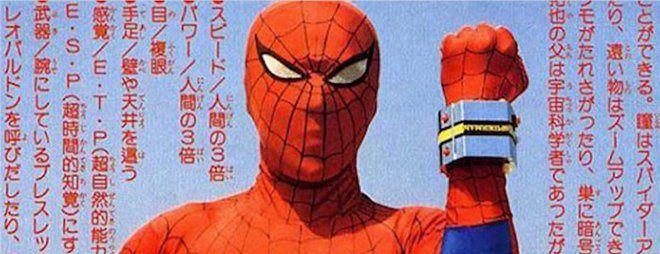 Japanese Spider-Man posterCourtesy of Disney
Japanese Spider-Man posterCourtesy of Disney
Differences
In the 1970’s, Marvel expanded to launch a Japanese TV series based on the uber-popular “Spider-Man” comic but it was soooo different. Spidey’s costume, basic skills and moves were there but there was no Peter Parker, Aunt May etc. Gene Pelc, a young Marvel exec was sent by Stan Lee to Japan to figure out why Marvel comics weren’t selling there. He discovered that while Western audiences like more of a story in their comics, the Japanese were all about the visuals in their Manga. Their TV shows for kids were all action. They truly believed the old adage “A picture is worth a thousand words”.
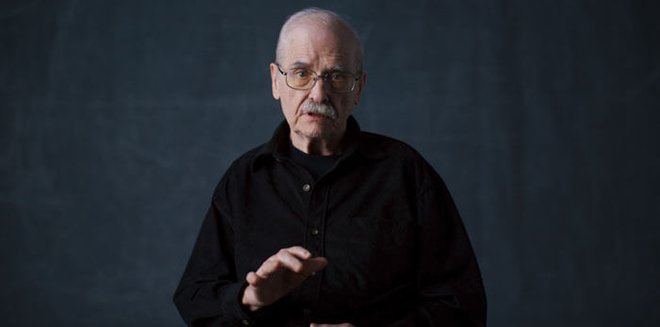 Gene Pelc was sent to Japan by Stan LeeCourtesy of Disney
Gene Pelc was sent to Japan by Stan LeeCourtesy of Disney
A New Deal
Since Toei Studios made all of the Japanese superhero shows, Gene made a deal with the studio head to trade Japanese characters with U.S. Marvel ones. Stan Lee approved the first Japanese joint-venture TV show that would feature “Spider-Man”, Marvel’s most popular Western character. Since Japanese TV shows in 1978 were all sponsored by toy companies to sell robots and toy cars, a toy designer was brought in and a big robot star was added to the show. Popular Japanese actors were chosen by Toei. The actor chosen to play the Japanese “Spider-Man” wasn’t familiar with the character. He read tons of Spidey comics and loved him!
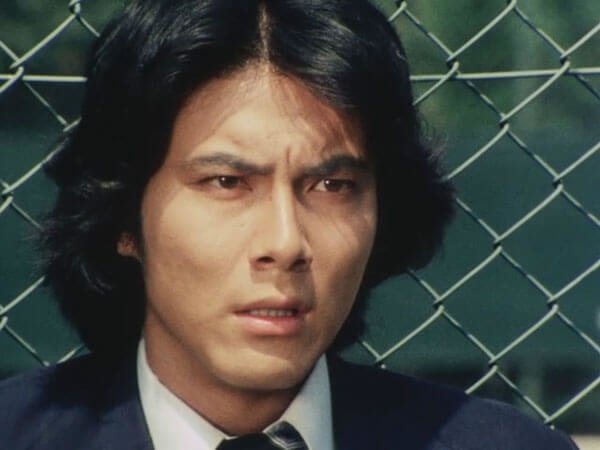 Lead actor Shinji Todo as 1978 Japanese Spider-ManCourtesy of Disney
Lead actor Shinji Todo as 1978 Japanese Spider-ManCourtesy of Disney
New Story
A whole new origin story was developed to please Japanese audiences. The Japanese “Spider-Man” was a professional motorcycle racer in real life. When his dad is killed he runs to the rescue only to fall into a cave and be saved by an alien from a “Spider Planet” who injects him with his own spider venom-laden blood and Japanese “Spider-Man” was born. The female star of the show was his girlfriend, a photographer. The actress playing her tells us that she was shocked to see a guy in tights as her leading man. She’d thought he was more of a robot. She was tailored to appeal to Japanese women. Since “Spider-Man” lived with his younger siblings, they were more like a family.
 Lead actress Rika Miura played Spider-Man's love interestCourtesy of Disney
Lead actress Rika Miura played Spider-Man's love interestCourtesy of Disney
Dangerous Stunts
The key stuntman on the show tells us that he was shown the U.S. “Spider-Man” comics and told to copy the poses and moves. He did all the stunts without wires, just, sometimes, a rope tied around him. For a publicity stunt he actually climbed the Tokyo Tower with no lifeline at all and continued to climb buildings and under suspension bridges and run through explosives on set with no protection! All was done on a super low budget so scenes were often re-used.
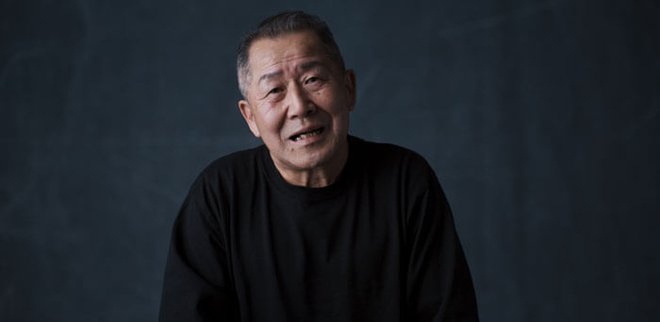 Lead stuntman risked his life doing dangerous stuntsCourtesy of Disney
Lead stuntman risked his life doing dangerous stuntsCourtesy of Disney
Villains
No Doc Oc, Green Goblin or Kingpin for this version of the Spidey story. The original actor tells us that giant robots and weird aliens were more popular in Japan. His three faves on the show were Professor Monster and his hot assistant Amazoness and the Nider, strange bird-like creatures. When Stan Lee and various Marvel execs were flown over to see the pilot episode everyone except Stan thought it was silly, corny and cheap-looking. Lee saw that it was action-packed, contained warm lessons for kids and was very camp (like America’s early TV “Batman”) for adults. He celebrated the cultural differences and green-lit the show.
 The lead actor playing Spider-Man todayCourtesy of Disney
The lead actor playing Spider-Man todayCourtesy of Disney
Big Success
The series was a huge success in Japan and the toys were selling like crazy. It launched what later became Transformers and more Japanese superhero shows like “Battle Fever” then later “Power Rangers”. Although it only lasted a year, it had a permanent effect. In 2009 Marvel released all of the episodes online for everyone to enjoy. Stan Lee talks about why he loved it.
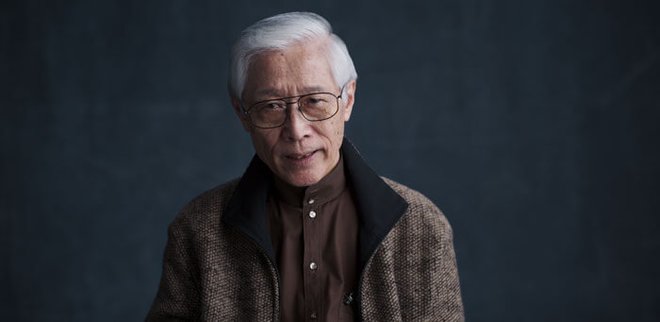 Japanese toymaker told to make toys for the series sponsorsCourtesy of Disney
Japanese toymaker told to make toys for the series sponsorsCourtesy of Disney
Wrapping Up
Explaining the title of the series, Marvel has two regularly-used ongoing universes. The regular Marvel universe, which has been in existence since the launch of “Fantastic Four” in 1961, is called the 616 (or Earth-616). The other is the Ultimate line of Marvel comics.
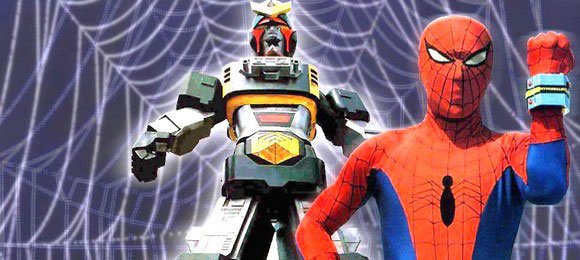 Filmmakers added a robot to the seriesCourtesy of Disney
Filmmakers added a robot to the seriesCourtesy of Disney
In this opening 616 episode, we see the potential for new information on well-loved Marvel superheroes and some more obscure ones and a behind-the-scenes coverage that should very much please both comic and Marvel movie fans. The exploration of cultural differences between U.S. and Japanese TV audiences made for a very interesting and sometimes funny episode and it was cool to hear from the now much older original actors.
 Japanese Spider-Man's web slinger was a bit differentCourtesy of Disney
Japanese Spider-Man's web slinger was a bit differentCourtesy of Disney
Future episodes feature: the trailblazing women of Marvel and how they told stories representing women, Marvel’s artists around the world, forgotten Marvel characters and what makes a great one, Cosplayers who love Marvel characters, how action figures based on Marvel characters have created collectors, how artists and writers work on the new “Iron Man 2020” comic book and finally, how the Marvel Spotlight program expands the Marvel universe to the theatrical stage.
 Japanese Spider-Man costume was more primitiveCourtesy of Disney
Japanese Spider-Man costume was more primitiveCourtesy of Disney
The series might be quite specialized but it should appeal to Marvel comics and film/TV fans, Cosplayers and anyone who loves to learn the evolution and branching out of their fave characters. We award four stars for this first episode.
"Marvel's 616 - Japanese Spider-Man" Episode Review: 
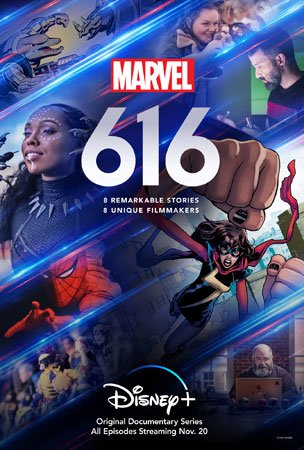 Courtesy of Disney
Courtesy of Disney
See “Marvel's 616” streaming now on Disney+!
Are You a Fan?
Do you like to know the history of your fave superheroes or how they were created and marketed? Wonder how Marvel comics characters throughout the ages morphed into TV and movies? Watch this series and then chat it up in comments and/or on your Kidzworld profile page.































